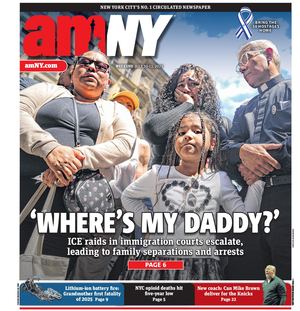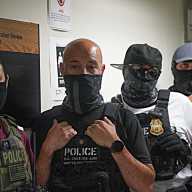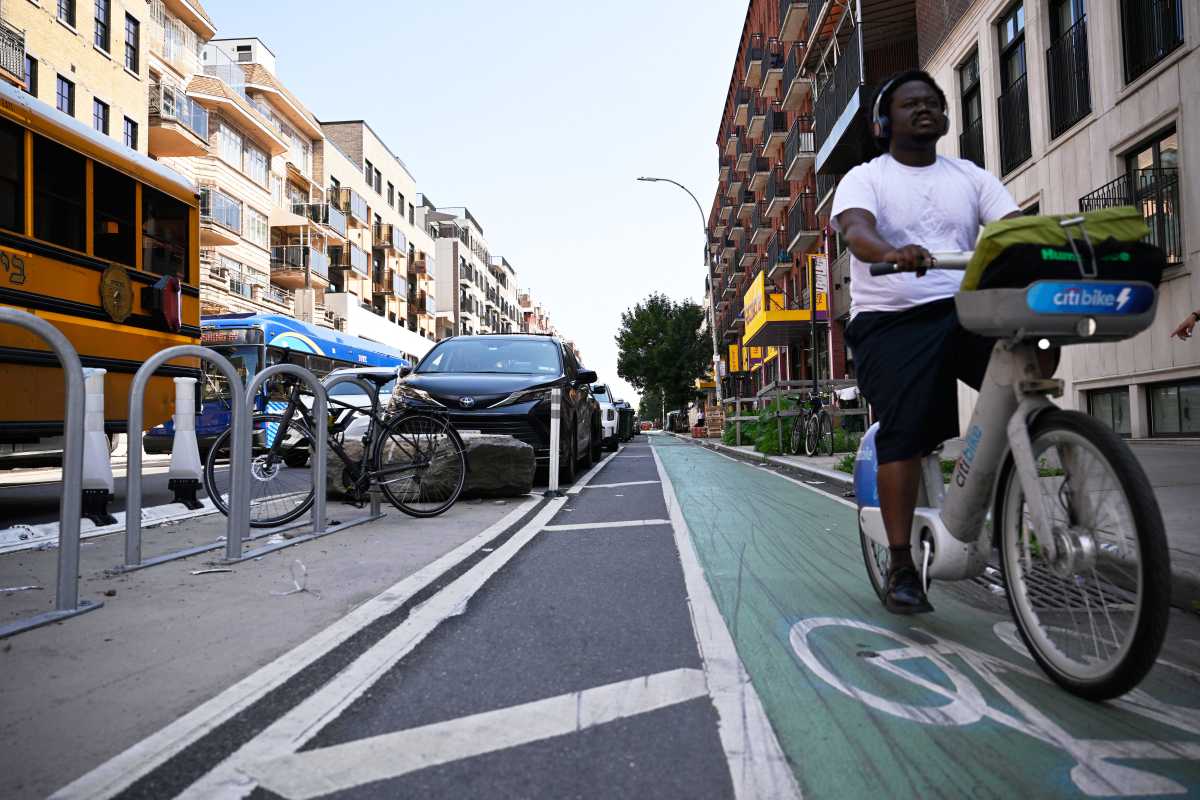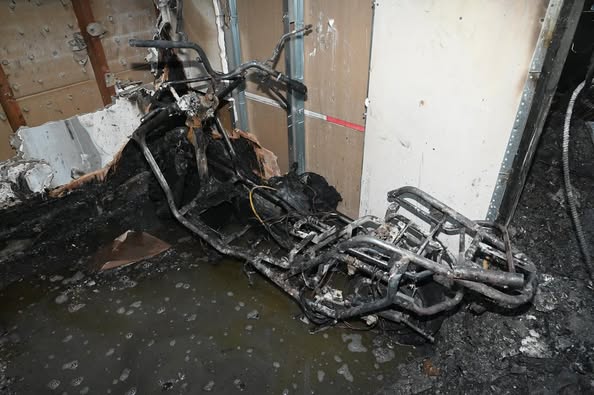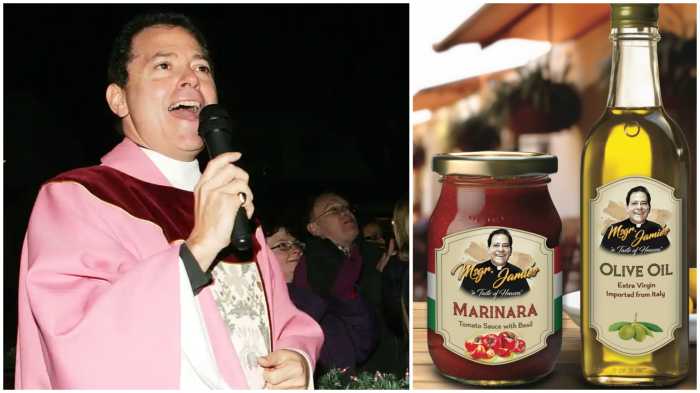By Sam Schwartz
Everyone uses one public service daily — transportation — but it barely gets mentioned by either presidential candidate.
Sen. John McCain has made it crystal clear that he opposes earmarks or “pork barrel” spending. His contention is that without pork, money can be used more efficiently. He is just one of four senators who didn’t vote for the current transportation bill. He also voted several times to reduce the existing federal funding source for most highway projects: the Highway Trust Fund, which is funded by the federal gas tax. McCain has made it clear that he would eliminate federal support for Amtrak and “allow for its privatization.”
Sen. Barack Obama has called for a National Infrastructure Bank funded by the federal government to the tune of $60 billion over 10 years. The intent is to leverage the investment through bonds and private sector participation to about one quarter trillion dollars. Obama is a supporter of Amtrak and has called for high-speed rail between urban centers as well as strengthening our domestic rail freight capacity. He’s in favor of federal support for urban transit and has called for reforming the tax code to give transit riders equal benefits to drivers.
The reflex reaction, especially now amidst a gargantuan economic downturn, is to freeze spending — including infrastructure — but that would be a mistake. Public works spending has been shown to have as much as a 4:1 economic benefit. Since civic works are largely done locally (no outsourcing to Asia for repaving a road) the money tends to stay local. Construction workers eat at nearby delis and restaurants, they buy their kids shoes and clothes at neighborhood shops, and rent or own within the community.
Here are six measures I urge the next president to include in his first State of the Union Address:
1. Support the National Infrastructure Bank at $60 billion to be leveraged through bonds and public-private ventures to more than a quarter trillion dollars.
2. Ensure safety in our infrastructure. The Minnesota Bridge that collapsed in 2007, killing 13, was one of 75,000 U.S. bridges identified as structurally deficient. Set a goal to have no federal bridges rated structurally deficient by 2025.
3. Rebuild our existing passenger and freight rail systems and build new systems so that the dominant form of transport between clusters of cities less than 400 miles apart will be rail.
4. Adopt the Next Generation Air Transportation System using satellite-based navigation by 2020. This will further increase air travel safety and allow for greater capacity at airports.
5. Modernize our ports allowing suppliers to ship their goods more economically.
6. Direct the I.R.S. to change their playing field which encourages commuting by car today to one which offers incentives to transit users, biker riders and other low-polluting, low-energy consuming modes.
To pay for these plans, the National Infrastructure Bank will assemble a portfolio of projects for investment by the public and private sector. The portfolio would include the contribution to be made by the state and local governments, user fees and a plan for maintenance.
Engage the private sector to design, build, operate and maintain our infrastructure. So-called public-private partnerships, P3’s, have been very successful in Europe and Australia in generating the needed revenue upfront.
The federal government should favor cities that introduce congestion pricing. A recent study by the Brookings Institute found that more than $100 billion could be raised annually by road pricing in the 98 largest metropolitan areas.
The gas tax is a dinosaur (pun intended). As long as it remains flat at 18.4 cents per gallon and gas consumption decreases, it will be a dwindling source of revenue. I propose that the tax, like most other taxes, be indexed against the sale price. I propose a 5 cent/gallon increase over present levels, the first increase since 1993, to generate about $10 billion annually.
Our nation’s infrastructure is the physical legacy we leave our children. They will be facing a world where China invests 9% of its gross domestic product in public works projects, India 5% and most of Europe 3 – 5%. The U.S. traditionally invested 3% or more of G.D.P. into infrastructure. It is only in the past 30 years that we have fallen so far behind to just a 2% spending level. I suggest re-establishing 3% as a goal. We must restore our tradition as a can-do country; it’s the least we can do for our children.
Sam Schwartz, a former first deputy commissioner at the New York City Department of Transportation, is a traffic consultant to private firms and government agencies.
